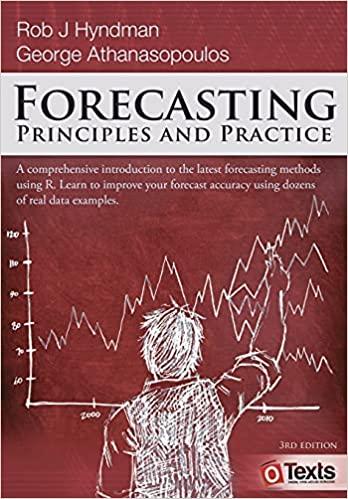Question
Question #2: Markowitz Optimization: Open the associated Excel file named QPS2 Data Winter I 2017 Problem 2 in My Course Content: Problem Set Spreadsheets. The
Question #2: Markowitz Optimization: Open the associated Excel file named QPS2 Data Winter I 2017 Problem 2 in My Course Content: Problem Set Spreadsheets. The data file includes 60 months of returns for 11 exchange traded funds; their names and ticker symbols follow: Ticker Name of Exchange Traded Fund 1 SPY SPDR S&P 500 ETF 2 MDY SPDR S&P MidCap 400 ETF 3 IWM iShares Russell 2000 ETF 4 QQQ Power Shares QQQ ETF 5 EFA iShares MSCI EAFE ETF 6 VWO Vanguard FTSE Emerging Markets Stock Index ETF 7 VNQ Vanguard REIT Index ETF 8 BND Vanguard Total Bond Market ETF 9 PFF iShares US Preferred Stock ETF 10 GLD SPDR Gold Shares ETF 11 JNK SPDR Barclays High Yield Bond ETF All students will do problem 2 using 9 of the above ETFs; all students will include the first 8 ETFs listed above: SPY, MDY, IWM, QQQ, EFA, VWO, VNQ, and BND. All students will include one of the last 3 ETFs: PFF, GLD, and JNK as instructed on your version. Version C: Include JNK and exclude PFF and GLD.
Use the data on your 9 ETFs to answer the following questions:
1. What is the average return for each of the nine indexes?
2. Show the covariance matrix of returns. Briefly describe how you constructed the covariance matrix. Consider the simple case where short sales are allowed, but short positions must be greater than or equal to 60% and long positions must be less than or equal to 60%. Use Excel Solver to find the Minimum Variance Portfolio (MVP).
3. What is the expected portfolio return for the MVP portfolio?
4. What is the portfolio standard deviation for the MVP portfolio?
5. What is the portfolio composition (i.e., what are the weights for the nine ETFs)? Consider the simple case where short sales are allowed, but short positions must be greater than or equal to 40% and long positions must be less than or equal to 40%. Use Excel Solver to find the Maximum return portfolio with a standard deviation of exactly 3.50%.
6. What is the expected portfolio return for this portfolio?
7. What is the portfolio composition (i.e., what are the weights for the nine ETFs)? Consider the more realistic case where short sales are NOT allowed and no more than 35% of the portfolio and no less than 6% is invested in any ETF. Use Excel Solver to find the Minimum Variance Portfolio (MVP).
8. What is the expected portfolio return for the MVP portfolio?
9. What is the portfolio standard deviation for the MVP portfolio?
10. What is the portfolio composition (i.e., what are the weights for the nine ETFs)? Consider the simple case where short sales are NOT allowed and no more than 20% and no less than 2% of the portfolio is invested in any ETF. Use Excel Solver to find the Market Portfolio if the risk-free rate is 0.20%/month (2.40%/year).
11. What is the expected portfolio return for this portfolio?
12. What is the portfolio standard deviation for this portfolio?
13. What is the portfolio composition (i.e., what are the weights for the nine ETFs)?
14. What is the maximum Sharpe ratio?
Step by Step Solution
There are 3 Steps involved in it
Step: 1

Get Instant Access to Expert-Tailored Solutions
See step-by-step solutions with expert insights and AI powered tools for academic success
Step: 2

Step: 3

Ace Your Homework with AI
Get the answers you need in no time with our AI-driven, step-by-step assistance
Get Started


